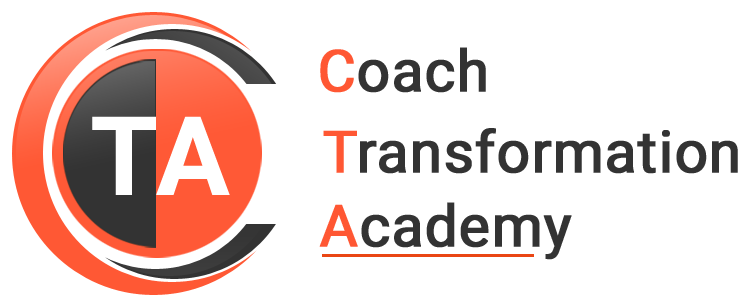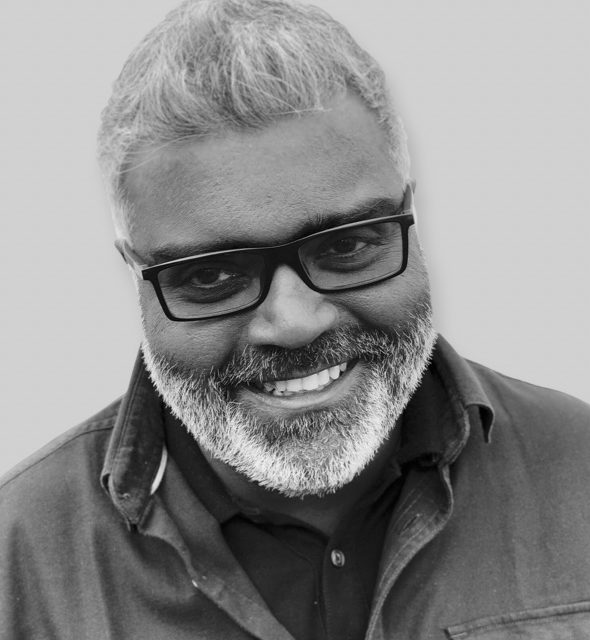
Author, Leadership Coach, LeadershipFlow Expert, Keynote Speaker and President, CROFT + Company
There is a famous saying that people do not mind change, they just mind being changed. The inconvenient fact is that if a leader wants to create a different future for his or her organization, change begins with them. My real passion is teaching my clients LeadershipFlow through Self Mastery. This mastery is expressed through three systems of action we call:
-Visioning the Future
-Cultivating other Leaders and Teams
-Creating Culture and Expanding Capacity
We are committed to providing leaders with the tools they need to keep pace with change and achieve the success they desire.
I have coached and consulted in multiple industries and sectors:
-Mining
-Oil and Gas
-Government
-Defense Industry
-Small Business
-Entrepreneurs
-TED Fellows
The people working with me at CROFT + Company are the embodiment of leadership; they do not talk about leadership in theory, but rather are practitioners of it. If you are interested in leadership through self mastery for yourself and your team, it would be my great pleasure to meet you.
Keynotes:
The Liquid Accordion – Coaching in, with and through the body.
We had an interactive and exploratory webinar with Croft Edwards this Tuesday. Croft shared his wisdom on “The Liquid Accordion-Coaching In, With and Through the Body.” An expert in Ontological and Somatic Coaching, Croft explained why and where to coach in the body and how their own body shows up in coaching conversations.
Here are the keynotes from our webinar with Croft:
As human beings, we take actions, and we get results.
- When we want to achieve something, we practice. And these actions lead to results.
- And this works until it doesn’t work. As it does not take into account the OR and OAR model. How you observe something determines which action you take.
- In ontological coaching, the coach helps the person to see the observer instead of coaching to action.
Human beings are linguistic beings.
- Language is the fundamental human technology.
- Language not only describes our world, but we actually create our world in language.
- We’re also emotional beings.
- Moods and emotions are predisposition actions. As human beings, we’re always in a mood or an emotion.
- Moods and emotions are the body’s ways of saying, “here’s the action I need to take.”
- The body is the domain of action. Any action we take involves our body.
- Moods and emotions are universal. It’s actually the shape of the body that creates the emotion.
- So, if you shift the body, you can shift moods and emotions and shift language.
- The challenge in coaching is that we get into the coachee’s story.
- Emotions are hard to coach. We coach the emotions through the body.
What is Somatic Coaching?
- Somatics is the study of the body and its wholeness. And the way we look at Somatic Coaching is we’re coaching to the body.
- The idea: If I shift my body, I can produce different moods and emotions. I will create a different story.
- People may remain in the same mode and emotion loop or maybe worse. So, the idea is that if I show up like this as an observer, I’ll likely see limited actions.
- As we’re stuck in the same framework of thinking and same story.
- As a coach, we’re fundamentally helping people by shifting the observer.
- Most of the clients initially are observing their story from being in the story.
- If we try to coach them linguistically, they may try to resist us. If we coach the body, they may come out of the story.
- Physical practice does help us to observe ourselves differently.
- If we learn to shift our bodies, we will shift our outcomes.
- Do not get into the client’s story. Coach their body.
- We have a Breakdown observer, Current observer, Future observer.
- Practice helps to bring this new observer to life.
Practices from Somatic Coaching
- Practices are not about positive thinking. It’s about showing up in the body.
- For example, for the coachee, the practice is not being positive. What if you started to observe the world with your shoulders back? What if you start lifting your head up?
- Now you can deal with the breakdown with a far different and more powerful perspective.
- So, the idea with practices is there are always somatic practices we can do.
- Certain places in the body are prone to being the catalyst. We’ll focus on three here:
- Eyes
- Jaw
- Hands
References shared by Croft for further learning:
- Coaching to the human soul by Alan Sieler
- Language and the Pursuit of Leadership Excellence by Chalmer Brothers, Vinay Kumar, and Julio Olalla
- The Leadership Dojo: Build Your Foundation as an Exemplary Leader by Richard Strozzi-Heckler
- Leadership Embodiment: How the Way We Sit and Stand Can Change the Way We Think and Speak by Wendy Palmer
- Your Body is Your Brain by Amanda Blake
“It is not necessary to change. Survival is not mandatory.” – Edwards Deming
A big shoutout to Croft Edwards for sharing his expertise and insights on somatic coaching. Croft also did live coaching with our participants. Watch the entire video to know more in detail about the BEL model, somatic practices, an informational Q&A, and how an embodied learning approach can create lasting change for you and your clients.
Subscribe to our YouTube Channel to level up your coaching skills and get insights from coaches all around the world.
🔔 Email us to get added to our Subscribers List to get reminders, keynotes, presentations and other useful information directly in your inbox.
Stay tuned for more episodes!




